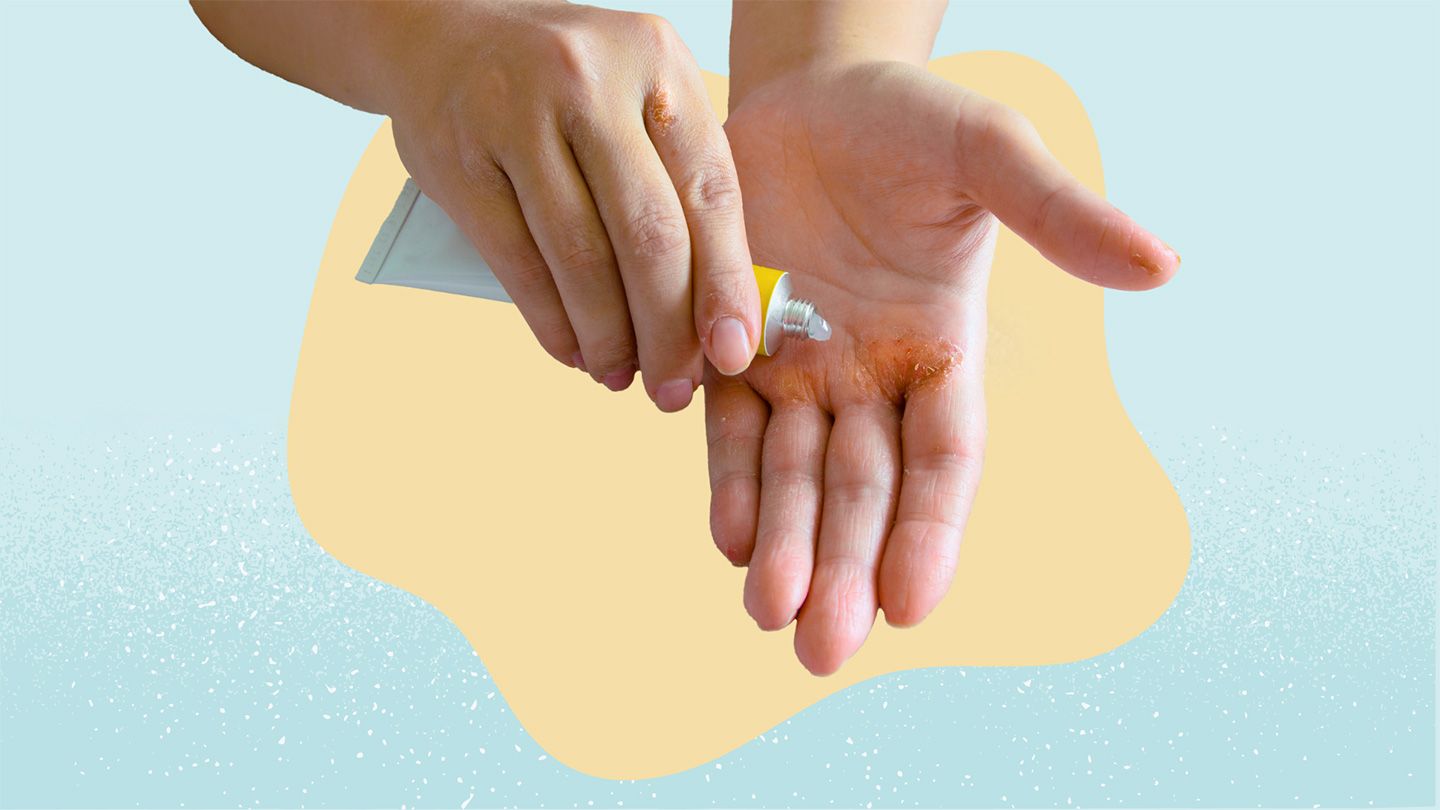There are a variety of complications that can arise from topical steroid use or overuse. That’s why these medications should not be used continuously (daily or multiple times a day) for more than two to four weeks, particularly when they are of higher potency. After this, use of topical steroids should be tapered down to twice a week.
Changes to Skin Appearance
Common side effects of topical steroids include skin thinning (atrophy), stretch marks (striae), small broken blood vessels (telangiectasia), and rashes resembling acne or rosacea at the site where the medication has been applied.
“In skin that’s rapidly expanding — in, for instance, teenagers who are rapidly growing in their legs and arms, or a breastfeeding woman whose skin is rapidly contracting and expanding all day to accommodate the breast milk — all these areas are higher risk for developing striae,” says Jenny Murase, MD, a dermatologist at Sutter Health in Mountain View, California.
Dr. Murase advises caution when using higher-potency topical steroids to help prevent complications. “Use the topical [steroid] judiciously in areas where there’s an expansion of skin, or in the armpits and the groin,” she says.
Overuse of moderate- to higher-potency topical steroids, and then abrupt stoppage of this use, can lead to “topical steroid withdrawal syndrome,” which can result in burning, stinging, swelling, skin sensitivity, pimple-like bumps and pustules, or bright red skin in people with a light complexion. Research shows that such symptoms are associated most closely with inappropriate use of topical steroids daily for more than a year, and typically appear within days to weeks after a person stops the treatment.
An Increased Risk for Certain Health Conditions
There are also possible systemic (body-wide) side effects of topical steroids, particularly with long-term use. Systemic side effects, which can be similar to those caused by oral steroid medication, may include cataracts, glaucoma, delayed growth in children, and hormone disruption.
One research review found that topical steroid use was linked to a higher risk of type 2 diabetes, regardless of the potency of the medication. The longer a topical steroid was used, and the more the medication was used over time, the stronger the link to diabetes was. But the authors noted that more research is needed to understand the link between topical steroids and type 2 diabetes.
Read the full article here




